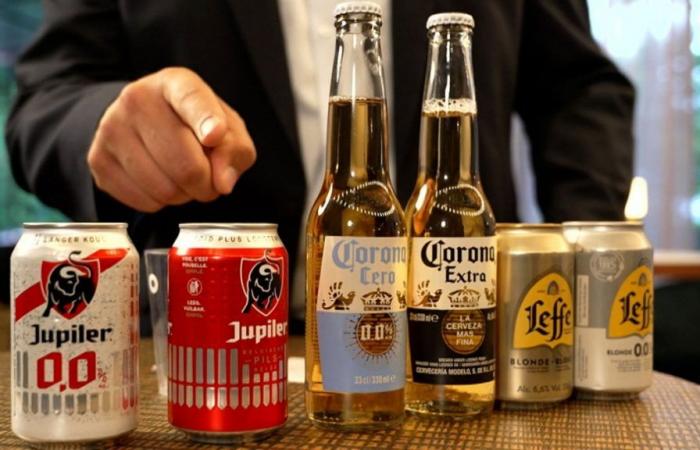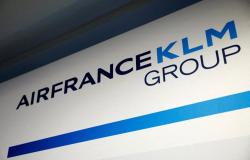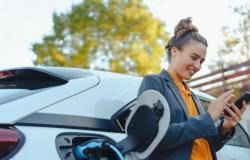Non-alcoholic drinks are on the rise, but are they really worth the detour? As supermarket shelves and bars fill up with alcohol-free beers, wines and spirits, consumers are wondering: what are these alternatives worth and are they still completely alcohol-free?
Campaigns such as the “Minérale Tour” or “Dry January” have contributed to the rise of non-alcoholic drinks. Beers, wines, ciders, aperitifs and even spirits are now available in zero degree versions.
This market, now estimated at more than 10 billion euros, continues to grow, reaching a varied audience: those who wish to give up alcohol or simply moderate their consumption. In Europe, non-alcoholic beer already represents 3 billion dollars, and AB InBev, leader in the sector, controls 60% of the Belgian market. But how do they manage to offer a beer that tastes close to the classic version?
How do you make alcohol-free beer?
To answer this question, Benjamin Maréchal visited the AB InBev research center in Louvain. Isabelle Seunier, European research and development director, explains: “All beers, with or without alcohol, start with the same yeasts”. But then, how to remove the alcohol? Isabelle reveals that everything depends on the end of the process. Brewers heat the beer to around 40 degrees under vacuum, in order to extract the alcohol without distorting the taste. An expensive method, but which allows the original aromas to be preserved.
“Before, we simply cut off the fermentation to stop the production of alcohol, which resulted in beers with a bland taste. Today, we brew the alcoholic beer first, then we de-alcoholize”specifies Aron Wils, spokesperson for AB InBev. This method has made it possible to launch non-alcoholic versions such as Corona Cero, recently a partner of the Olympic Games.
A truly alcohol-free product?
A gray area persists: are these drinks really “zero zero”? In Europe, a drink can be labeled “non-alcoholic” if it contains up to 0.5% alcohol. “But AB InBev only produces 0.0% beers in Belgium”specifies Isabelle Seunier. With other brands, it is therefore possible to find alcohol residues, even minimal.
Non-alcoholic drinks continue to innovate to meet new consumer expectations. Whether beers, wines or even cocktails, the range is expanding to offer more tasty and accessible products. And while some still wonder whether it’s worth ordering a mocktail or a non-alcoholic beer, the quality and taste of these alternatives continues to improve.
So, is alcohol-free worth it? Watch the complete “Coûte que cost” on RTL tvi this evening from 7:45 p.m. and in streaming on RTL play.
CQC Cost whatever it costs Benjamin Maréchal alcohol alcohol-free beer








